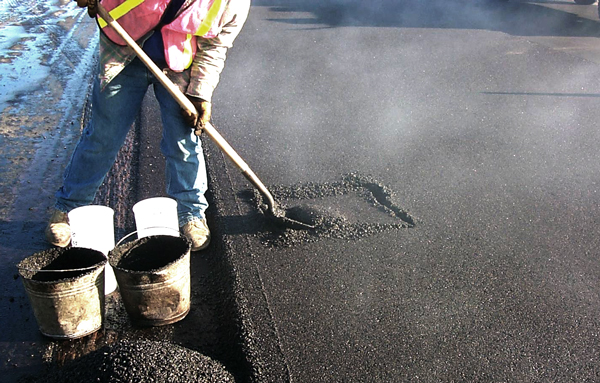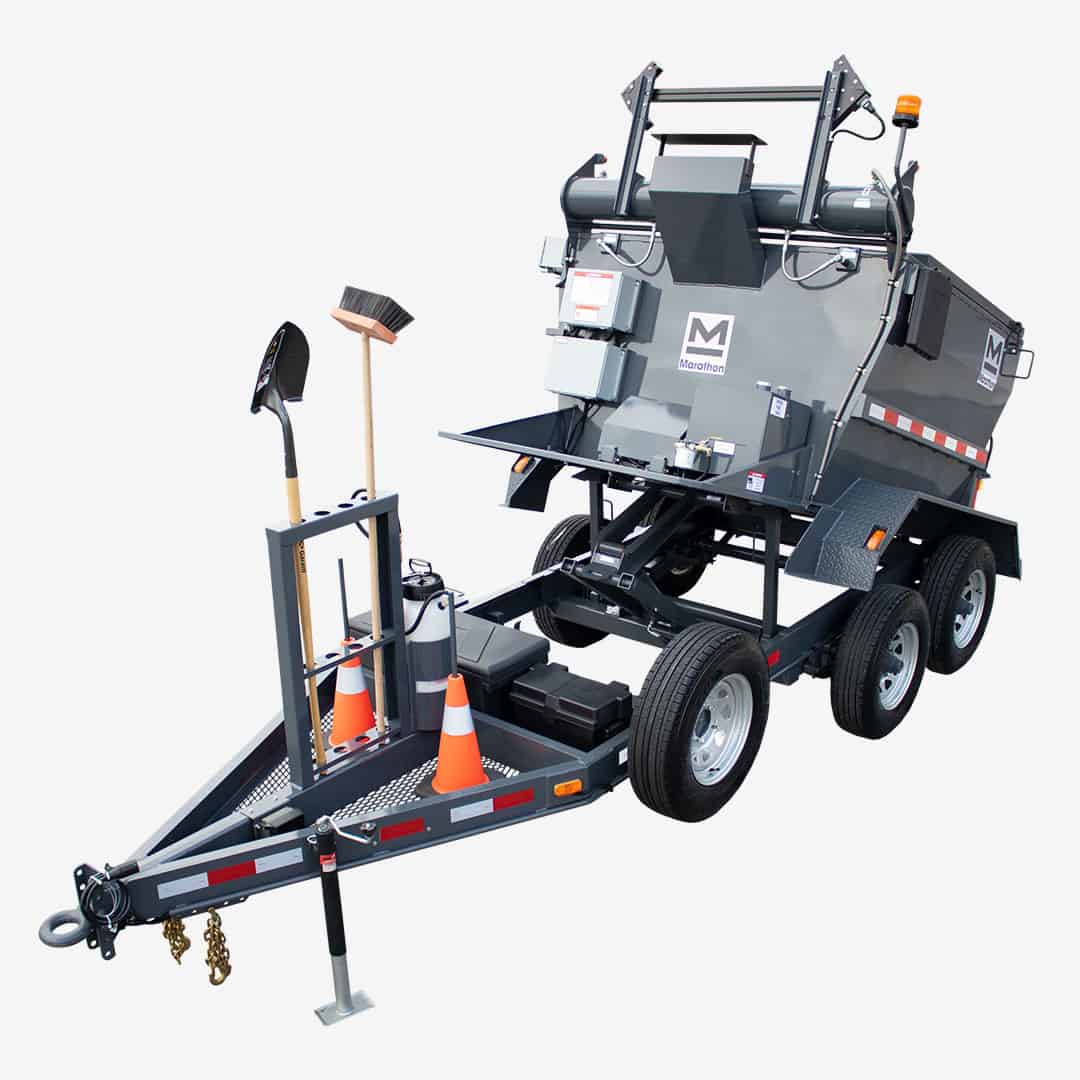Opening the Tricks of Warm Mix Asphalt Modern Technology
Exploring the depths of hot mix asphalt modern technology uncovers a world where precise formulations and careful procedures assemble to form our roadways and infrastructure. The fusion of accumulations, fillers, and binders isn't just a building task however a strategic orchestration of durability and efficiency. As we peer into the elaborate dance of elements, a tapestry of strength and sustainability unravels. However what lies underneath this surface area of asphaltic mastery, and what secrets wait to be revealed in the realm of paving developments?
Importance of Warm Mix Asphalt
Warm Mix Asphalt plays a vital role in modern-day infrastructure growth due to its longevity and cost-effectiveness. As the most generally used leading product for roadways, highways, and car park whole lots, Warm Mix Asphalt uses an array of advantages that add to its importance in construction projects.
The longevity of Warm Mix Asphalt originates from its structure, that includes accumulations, binder, and filler materials that are meticulously selected and blended to meet certain performance needs. This precise mix results in a strong and adaptable sidewalk that can withstand constant usage without significant wear and tear. Hot Mix Asphalt is 100% recyclable, additional enhancing its sustainability and ecological advantages. In general, the value of Warm Mix Asphalt in infrastructure growth can not be downplayed, as it continues to be a keystone of contemporary building methods.
Elements of Asphalt Mixes
The structure of asphalt blends includes thoroughly chosen accumulations, binder, and filler products that are essential for attaining specific efficiency requirements. Aggregates are the primary element of asphalt mixes, giving stamina and stability. These accumulations can be all-natural, such as gravel or crushed stone, or synthetic, like recycled materials from old sidewalks. The binder, typically asphalt or asphalt concrete, holds the accumulations with each other and supplies adaptability and resilience to the mix. The option of the binder is critical as it straight influences the mix's performance in different climate condition. Fillers, such as hydrated lime or Portland concrete, are utilized to boost the mix's workability and aging resistance. Angled Parking.
The combination and proportion of these parts play a significant function in figuring out the top quality and performance of the asphalt mix. Designers carefully design the mix to fulfill details demands, thinking about elements like traffic quantity, climate problems, and sidewalk life expectancy. Appropriate option and harmonizing of accumulations, binder, and fillers are important for developing resilient, durable asphalt sidewalks.
Mixing and Manufacturing Methods

As soon as the aggregates are picked, the binder, commonly asphalt cement, is added to bind the products with each other. The binder's high quality and amount dramatically influence the mix's resistance, adaptability, and stamina to environmental aspects. In addition, fillers like moisturized lime or Rose city concrete may be included to improve particular attributes of the asphalt mix, such as its workability or wetness resistance.
During production, the accumulations and binder are heated, generally in between 250-325 ° F(121-163 ° C ), to facilitate blending and guarantee correct finish of the accumulations. The blending process should be extensive to achieve an uniform mixture that advertises the desired efficiency attributes of the asphalt. Various strategies, such as batch mixing or drum blending, are employed to attain constant and top notch asphalt mixes for building tasks.
Variables Impacting Asphalt Performance
Aspects influencing asphalt efficiency encompass a range of variables that affect the longevity, long life, and total quality of asphalt pavements. One essential variable is the top quality of products utilized in the asphalt mix.

Style considerations, such as pavement thickness and drainage, are vital in making certain the long-term efficiency of blog here the asphalt sidewalk. By thoroughly considering these professionals, designers and variables can maximize asphalt efficiency and enhance the service life of sidewalks.
Sustainable Practices in Asphalt Modern Technology

In addition, the growth of warm-mix asphalt (WMA) innovations has acquired traction in current years. WMA enables the manufacturing and placement of asphalt mixes at reduced temperature levels contrasted to standard this content hot-mix asphalt, causing minimized power usage and greenhouse gas discharges. The usage of porous asphalt mixes can help alleviate stormwater runoff concerns by allowing water to infiltrate via the pavement and right into the ground, advertising all-natural water purification and reenergize processes. By applying these lasting techniques, the asphalt industry can add to constructing a more environmentally pleasant and resistant infrastructure network.
Final Thought
To conclude, hot mix asphalt technology plays a critical function in modern-day framework advancement due to its resilience and cost-effectiveness. By meticulously stabilizing elements, utilizing appropriate blending methods, and taking into consideration various variables, engineers can develop high-quality asphalt blends that endure hefty website traffic loads and harsh weather. Welcoming sustainable methods, such as making use of warm-mix innovations and recycled materials, additionally enhances the ecological kindness of asphalt technology.
Blending and production methods in warm mix asphalt technology entail the precise combination and handling of accumulations, binder, and fillers to produce a high-performance and sturdy asphalt mix.Variables affecting asphalt efficiency include a range of variables that impact the longevity, long life, and overall top quality of asphalt sidewalks. Lasting practices in asphalt innovation include numerous efforts intended at decreasing the environmental influence of asphalt production and paving processes. By integrating recovered asphalt sidewalk (RAP) and recycled asphalt tiles (RAS) into brand-new asphalt mixes, the market can significantly decrease the usage of raw products and power, while additionally decreasing garbage dump waste.
WMA enables for the more helpful hints manufacturing and positioning of asphalt blends at reduced temperature levels compared to typical hot-mix asphalt, resulting in reduced energy usage and greenhouse gas discharges.